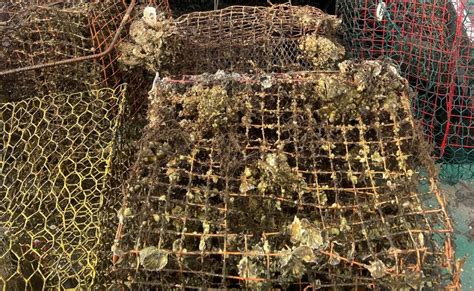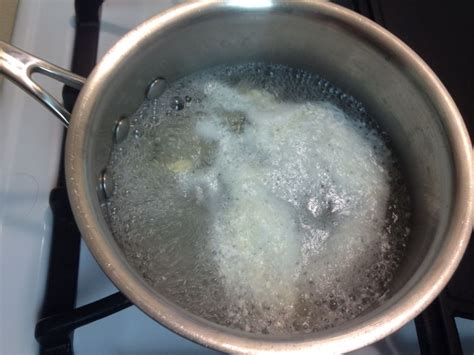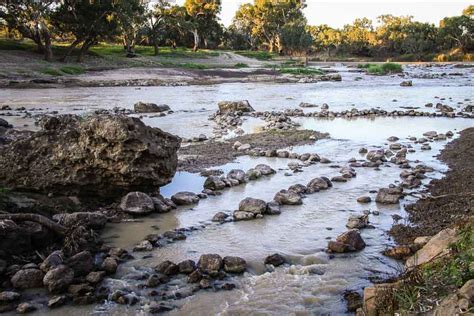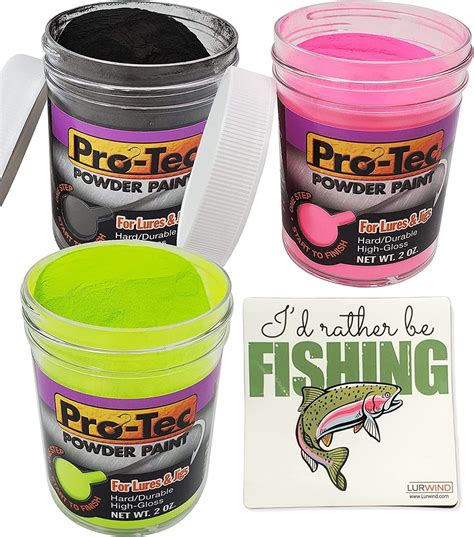Derelict crab traps are a significant issue in marine environments. These traps, which have been discarded, lost, or abandoned, can remain active for years, posing a threat to marine life. For instance, Dungeness crab traps have a longevity of about seven years, while king crab traps can last up to 15 years. The Eastern Canada snow crab fishery has adopted an efficient conical trap with a single top-entry, proving effective in trapping crabs.
Innovative designs in crab trapping have emerged, such as the Promar Folding Crab Trap, known for its PVC coated wire mesh, which is both durable and selective in preventing small animals and unwanted wildlife from entering. An interesting variation in design is the inclusion of leads inside the trap, which differs from standard models.
However, misuse and illegal practices are not uncommon. A notable incident occurred in 2009 when a man in Tyneside was charged with littering and fly-tipping for using car tyres as crab traps. This highlights the need for awareness and regulation in the practice of crab trapping.
Net style crab traps are favored for their effectiveness, affordability, and ease of use. Pack Fishing offers a portable, collapsible trap that comes with a 49 Ft rope, suitable for catching various crustaceans.
The impact of derelict traps is considerable, particularly on the shrimping industry. In response, certain regions have enacted laws allowing commercial shrimpers to possess these traps for removal. Interestingly, studies have shown that the catches of female crabs increase significantly in May in both small and large mesh traps.
Virginia Institute of Marine Science (VIMS) has received funding to remove derelict pots and traps and establish a Derelict Trap Policy, focusing on sustainability and environmental protection.
Crab traps, typically wire cages attached to a long rope, are used in various bodies of water. Lake Macquarie, now a Recreational Fishing Haven, proposes allowing recreational fishers to use crab traps to enhance fishing opportunities. A range of crabbing equipment is available, including markers, floats, leaded line, bait bags, and complete kits.
Setting up a bank of crab traps requires significant effort but can be highly rewarding. Prime locations for crabbing include spots near Port Penn and along Route 9 down to Dover. Some less known yet productive spots are Harper Fishing Pier and Port of Waterman Public Pier near Bremerton.
For those interested in crabbing, it’s important to mark each trap with a float or buoy, maintaining a distance of about 50 feet between each trap. Regulations allow up to three different pots, traps, or rings in the water at one time.



